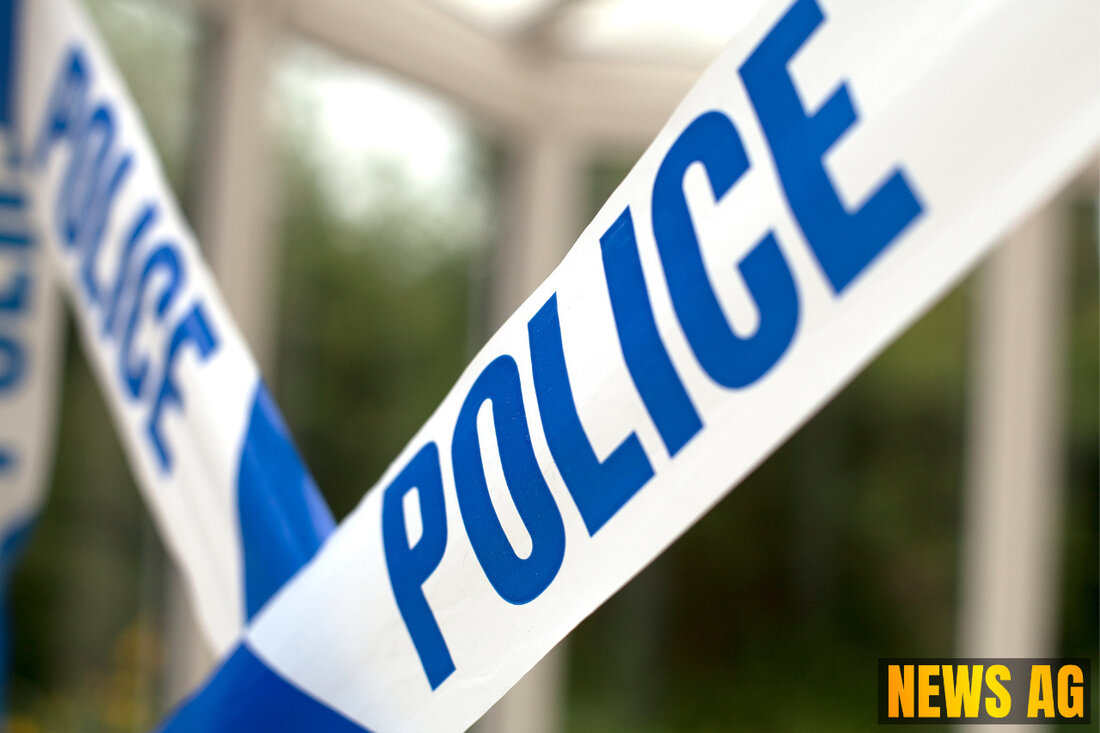Tragedy Strikes Minneapolis: Church Mass Shooting Claims Two Young Lives
Explore the tragic shooting at a Minneapolis church during mass on August 27, 2025, highlighting community response and trauma preparedness.

Tragedy Strikes Minneapolis: Church Mass Shooting Claims Two Young Lives
On August 27, 2025, Minneapolis faced a tragic shooting incident at the Annunciation Roman Catholic Church during mass, just prior to 8:30 a.m. This horrific event shocked the community when a man in his early 20s opened fire, armed with a rifle, shotgun, and pistol. In the aftermath, two children, aged 8 and 10, lost their lives, while at least 17 others were injured. Children’s Minnesota hospital has taken in five children for treatment, and Hennepin Healthcare is also caring for victims of this tragic event. Eyewitness Bill Bienemann reported a frightening barrage of approximately 50 shots heard over a span of four minutes, leaving attendees in shock and disbelief. The suspect, following the attack, took his own life in the back of the church.
The incident drew immediate responses from Minnesota Governor Tim Walz, who expressed profound condolences, particularly for the children and teachers affected by this violence. President Donald Trump was also quick to react, stating he was briefed on the situation and noted the FBI’s involvement in addressing the shooting.
Need for Improved Crisis Strategies
As communities grapple with the impact of such violence, there’s a significant conversation about the preparedness of schools across the nation to handle traumatic events. A national survey highlighted alarming statistics: only 16.9% of public school teachers, guidance counselors, and administrators reported that their institutions have effective trauma or crisis plans focused on school shootings. Most respondents appeared uncertain about the effectiveness of existing interventions, suggesting a substantial gap in preparation and response strategies for these tragic events.PMC highlights the necessity for improved trauma response methods in public schools, emphasizing that trauma symptoms may stretch beyond the students, affecting educators as well.
The study indicates that while 86.1% of schools have mental health counselors present and 93.6% have police officers on campus, a mere fraction of them have active crisis plans that incorporate trauma intervention strategies. According to the survey, common approaches such as peer mentoring and mental health services are noted, but many skimmers question their actual effectiveness against the backdrop of escalating violence in schools. This points to a critical need for comprehensive training and planning to adequately address the far-reaching effects of school shootings on both students and faculty.
Community Response and Recovery
In the wake of traumatic events like the Minneapolis shooting, effective crisis management becomes paramount. Experts emphasize the importance of localizing responses and understanding each community’s unique cultural fabric. While many individuals wish to help through donations or by organizing vigils, these actions may not necessarily facilitate healing. Instead, quick restoration of prior routines is vital for recovery. Efforts should be channelized through established local providers and agencies, who can deliver immediate, intermediate, and long-term support tailored to the affected community.Children’s Hospital of Philadelphia suggests that excessive or prolonged support may hinder recovery, placing trauma at the forefront of victims’ minds.
As Minnesota mourns and seeks healing, the questions remain: How can schools enhance their crisis preparedness? What measures can be taken to ensure that such tragedies do not repeat? The community’s collective response and commitment to fostering a safe educational environment will be critical in shaping the future and addressing the wounds inflicted by such senseless acts of violence.

 Suche
Suche
 Mein Konto
Mein Konto